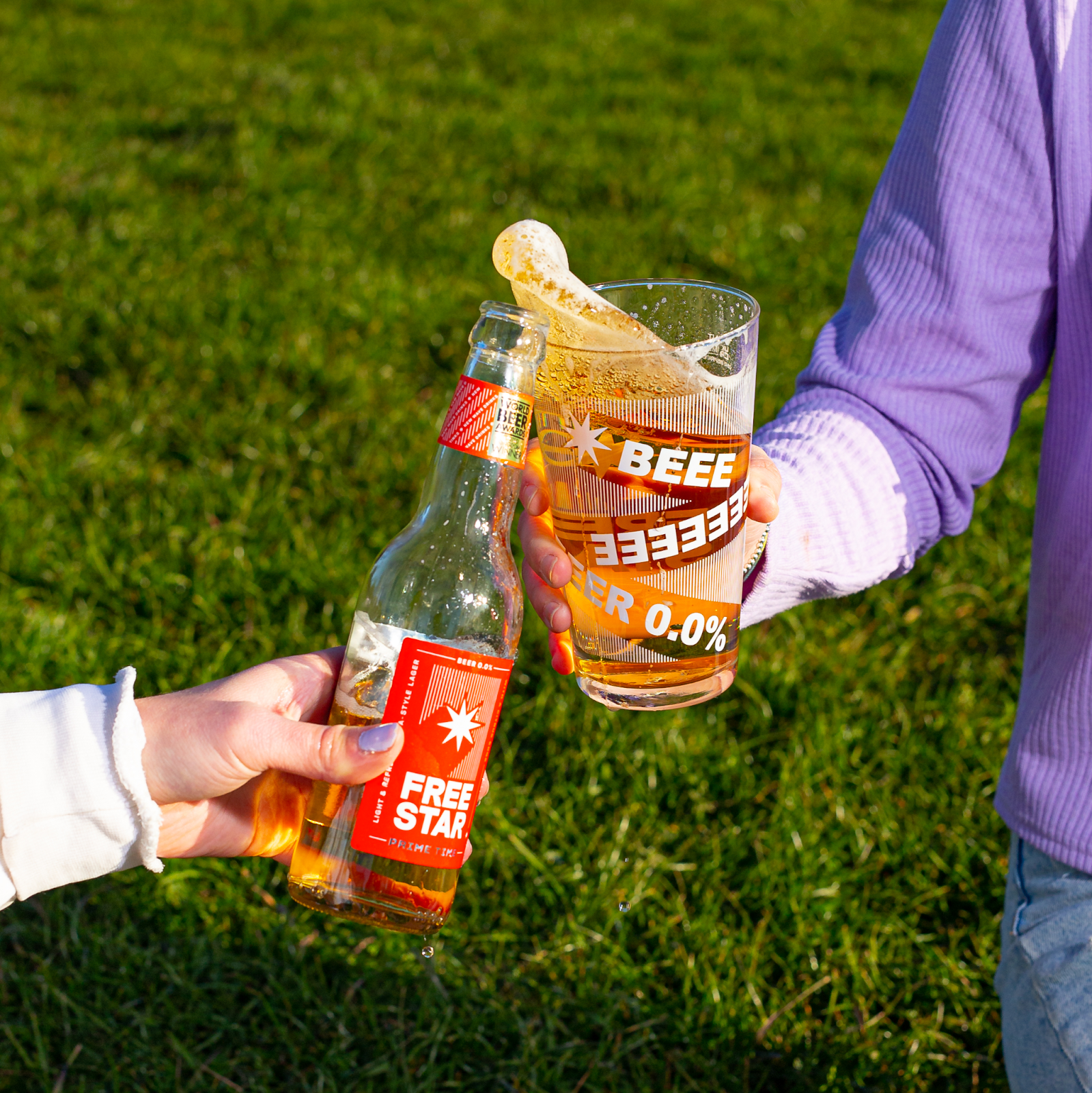If you don’t drink, there are often constant remarks of being a killjoy, being judgemental, or that you’ve been an alcoholic. While for some, the product refuses to toe the line of the established extensive beer market, it relishes the role of a rebel in the alcohol industry. The NA beers have tipped a burgeoning movement of switching to zero or no alcohol substitutes, especially among millennials embracing a “sober curious” lifestyle. While the world has brought forefront the importance of a healthy lifestyle, consumers look for a healthy alternative that won’t make them sacrifice their leisure.
The Non-alcoholic beer trend has yielded a plethora of options for people who choose not to drink or want to cut down, now have plenty of tasty options. The popularity of non-alcoholic drinks does not abstain to a single age cohort. From Gen-Z to generation Alpha, consumers of all ages are transcending some of their drinking habits. According to a study conducted by The Guardian, the sales of low and non-alcoholic drinks soared by 30% as a change in the drinking habits of the UK was recognized. The Middle East accounts for more than a third of all the global sales of lager beer.
The non-alcohol beer serves a purpose in scaling the bridge between being a drinker and being stone-cold sober. While abstinence from alcoholic drinks can sometimes incur physical and mental effects in the system (body), finding an apposite substitute sustains no harm to the human body. But how is non-alcoholic beer made?
Brewing alcoholic and non-alcoholic beer are fairly the same. Both types of beer go through similar procedures like boiling wort, distillation. Both the beers are fermented. The pivotal difference for the non-alcoholic beers is that it has to be heated.
When you heat the beer, the alcoholic content evaporates. While heating can change the taste of the beer, the non-alcoholic beer is distilled inside a vacuum container to lower the boiling point, helping to keep the flavors intact. Another mainstream method used in alcoholic content removal is reverse osmosis. The beer is pushed through a filter first. Once the filtration is done, the alcohol is distilled, and water is mixed through a standard distillation. Eventually, various ingredients and flavors are added to the other side of the filter.
Gluten-free beers are fundamentally different. The entire ethos is to prevent fermentation and cease yeast expansion. In many breweries, the brewer will inject carbon dioxide into the bottle or the key.
Other advantages of non-alcoholic beer can include improved mood, a fatter wallet, and a slimmer wallet. It is no surprise that consumers who cut alcohol or change to a non-alcoholic substitute experience improved sleep patterns and other benefits.
To keep their beer more authentic, many breweries use starter yeast and sugar in the bottles so that the beer ferments easily. This method might increase alcohol levels. Also, if this process is done incorrectly, it can cause an explosion.
So now, not every night out with friends would end up sluggish the next morning.







